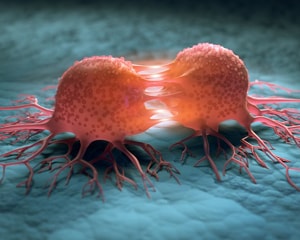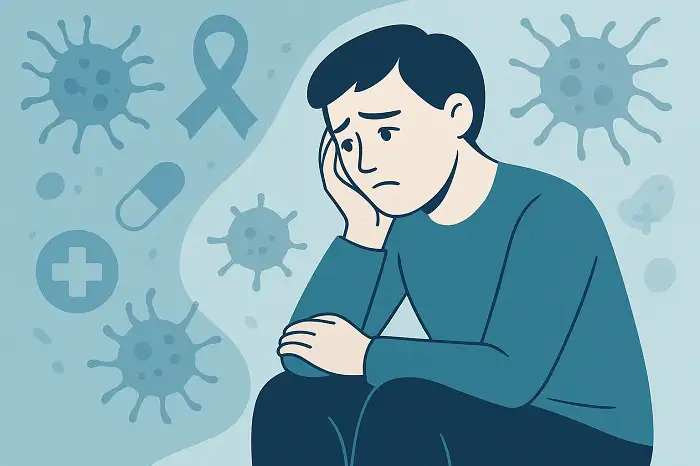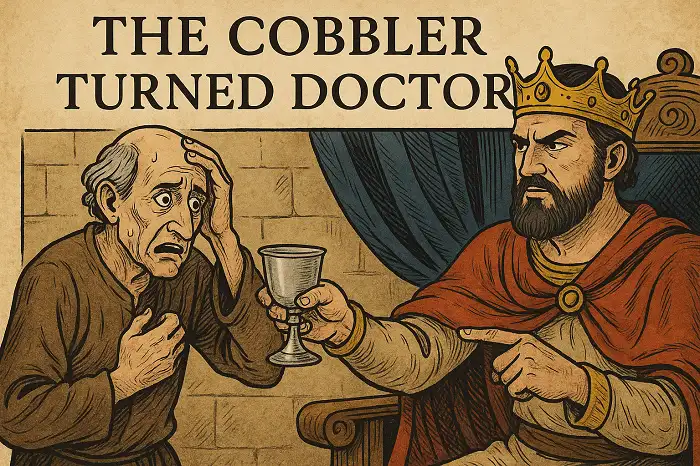Practice Reading & Listening on Cancer Practice Reading & Listening on Cancer for IELTS https://www.youtube.com/watch?v=ANyQjlYadsw The genesis of cancer Today cancer causes one in every seven deaths worldwide. But how does cancer start and what is being done to combat it? Our bodies contain trillions of highly specialized cells, and each carries genes responsible for regulating cell growth and division. But when a genetic change disrupts this process, cells begin to grow and divide uncontrollably, thereby becoming cancer. What is a tumor? The genetic changes that cause cancer usually happen in three types of genes: Proto-oncogenes, which signal a cell ...
Home » English Documentaries with Transcript » Practice Reading & Listening on Cancer for IELTS

Practice Reading & Listening on Cancer for IELTS
Updated: by Mahsa Mohammadi
Time to Read: 3 minutes | 344 Views | 9 Comments on Practice Reading & Listening on Cancer for IELTS



Up to now science show that both genetics and environment play important roles in Cancer development. There are several different genes that play roles like oncogenes, tumor suppressor genes and DNA repair genes.
Among the most important environmental factor we can mention cigarette smoking and obesity.
I believe chronic stress and an excessive secretion of cortisol in the blood stream, uncontrolled fear, excessive sugar consumption, an unhealthy lifestyle that is basically sedentary, and toxic environment are the main causes of cancer apart from genetic endowment. If we carry some genes that could cause cancer over time, we must be on the alert for any possible cellular disturbances in our bodies by getting our bodies checked up periodically.
We now that lung cancer is so dangerous but some people have been survived that cancer, my point of this is that if we have a cancer like that, we have still hope for LIVING.
Such a great message to convey! That was full of hope.
Feedback:
now = know
some people have survived that cancer
we still have hope for LIVING
Please discuss some of the most underlying causes of cancer mentioned in this English documentary.
The cause of cancer is still unknown. But inherited traits and environmental exposures such as sun’s radiation and chemicals in cigarette smoke may be the cause of this disease.
That is precisely what we can learn from this documentary. In addition, an unhealthy and sedentary lifestyle, undue stress, unmanaged inflammation in the body tissues, DNA damage are some of the underlying causes of cancer that are medically proven.
Today cancer causes one in every seven deaths worldwide. But how does cancer start and what is being done to combat it? Our bodies contain trillions of highly specialized cells, and each carries genes responsible for regulating cell growth and division. But when a genetic change disrupts this process, cells begin to grow and divide uncontrollably, thereby becoming cancer.
The genetic changes that cause cancer usually happen in three types of genes: Proto-oncogenes, which signal a cell to grow and divide; tumor suppressor genes, which signal a cell to stop dividing; and DNA repair genes, which preserve and maintain genetic codes. Changes in these genes lead to abnormal cell growth, resulting in masses of tissues called tumors.
Tumors may be benign, meaning that they remain in one area, or malignant, which means that they’re capable of spreading. Through a process called metastasis, a malignant tumor’s cells will eventually break off, travel throughout the body, and begin forming tumors in other regions. When this happens, the cancer has become metastatic and is most dangerous.
The cause of cancer is still a mystery. Inherited traits may be behind some of the genetic changes that lead to the formation of cancerous cells, and so might environmental exposures, such as excessive radiation from the sun or chemicals in cigarette smoke.
In the United States today, roughly one third of all people will eventually develop cancer. Of the over one hundred different types of cancer, breast cancer is currently the most prevalent type; and lung cancer causes the most deaths.
But our ability to fight cancer is improving. Since just the 1990s, cancer mortality rates have dropped more than 26% in the US, and more than 2 million lives have been saved. As treatments and methods of early detection improve, and doctors, scientists, and the public better understand cancer, hope remains in the fight against the disease.
Thank you so much for your flawless transcription!